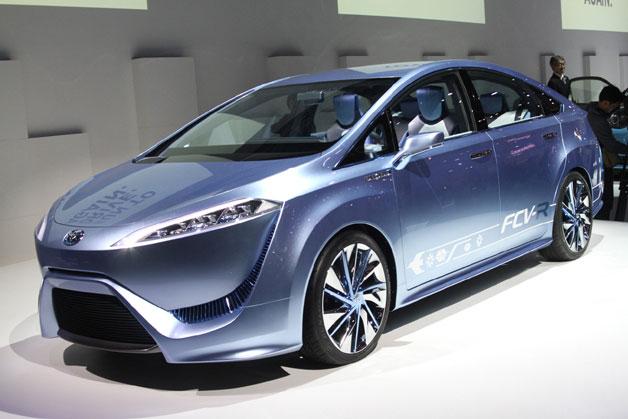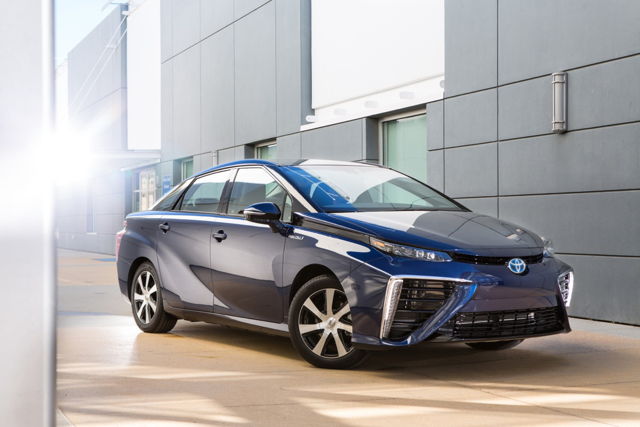Toyota to Introduce Fuel Cell Technology to the Lexus LS!
Combating global warming and reducing our dependence on fossil fuels are two key areas on which we desperately need to focus on new innovations that will utilize clean and green energy. Besides energy, the automobile industry is responsible for a massive chunk of fossil fuel consumption. Fortunately, over the last few years, manufacturers started investing money to build an affordable and environment friendly cars, and to name – companies like Tesla infusing the segment with style, performance and results. Well, the electric vehicles are no longer a fringe product aimed to please green-nerds, but are contenders to be potential flagships.
Toyota Leading From the Front!
The Toyota Prius has become the poster child of the hybrid segment and understandably so. But in recent years, Toyota has also been focusing on a new piece of technology to drive cars – hydrogen fuel cells. Though the feasibility and viability of fuel cell vehicles (FCV’s) remain hotly contested. The company has decided to give this technology a chance by incorporating the fuel cell drivetrain into its flagship Lexus LS. You heard that right – a Lexus that runs on hydrogen fuel cells. But how did Toyota reach this decision? We trace the steps to find out.
Started with a concept…

Back in 2011, Toyota unveiled FCV-R concept car at the Tokyo Motor Show. This was a notable breakthrough as it was the first concept car by a major automobile manufacturer to be based on fuel cell technology. The concept boasted of an impressive 435 mile range with ample cabin space for four adults. But with the future of building a robust hydrogen infrastructure in doubt, it was difficult to say whether Toyota’s FCV-R would ever be turned into a commercial product or just be abandoned.
The Future is Born

The FCV-R survived, and not only that, it became the template for the world’s first commercially available hydrogen fuel celled car – the Toyota Mirai (the word “mirai” means “future” in Japanese). The Mirai is similar to the concept car, but the range is decreased from 435 miles to about 300 miles, but the fact that it can be recharged in about five minutes time makes up for the loss of range. Toyota plans on selling about 700 units of the Mirai in the first year.
A Crazy Idea or a Great Leap Forward?
But it seems that Toyota isn’t content with pushing the FCV segment with just the Mirai. News has emerged that Toyota may be planning to introduce a fuel cell variant of its luxury flagship – the Lexus LS – in about 2017. Details are sketchy, but it is rumored that the car will feature larger air intakes at the front end in order to effectively cool down the electrical components. It is possible that the fuel cell might be located under the front seat, while the hydrogen tanks might be placed under the rear seats, in order to save space.
It remains to be seen whether the FCV segment catches on with the public, but a lot depends on having the right kind of infrastructure to support this new technology. As of now, few hydrogen refill stations exist in the world, and the cost of procuring clean hydrogen is also high. The government, the manufacturers and the public will all have to make an effort in order to shift the burden of transportation from our rapidly depleting fossil fuels to clean, green and abundant energy sources.
Love this technology? Share it with your friends.
Comments Leave a Comment
Comments are closed.

Thanks.